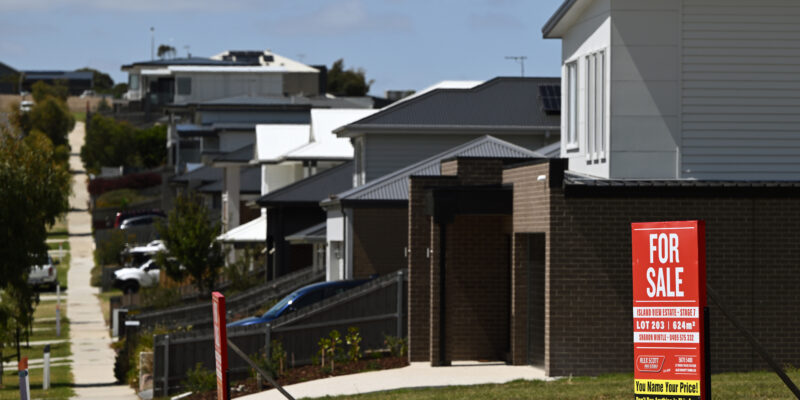RBA reveals what would rule out more interest rate cuts
Barring a material rise in unemployment or weaker-than-expected economic growth, mortgage holders can just about give up hope for any more interest rate relief.

AS hopes for more interest rate cuts fade, a snapshot from the Reserve Bank’s latest meeting has revealed the scenarios the board thinks would finally end the chances of further relief.
Minutes from the RBA’s November meeting showed board members had grown more hawkish after being surprised by a spike in inflation.
With inflationary pressures no longer under control, the central bank left the cash rate on hold at 3.6 per cent and bonds traders abandoned hopes for another cut in the current cycle.
In the meeting minutes, the board did not rule out the need for more cuts if the labour market softened materially or if weaker consumer spending caused the recovery in gross domestic product to be weaker than expected.
But the board also flagged several factors to watch out for that would take more rate cuts off the table.
Firstly, the RBA will be keeping a close eye on employment data for signs of further tightening in the labour market.
“Members noted that such a scenario could emerge in several ways, including if global growth continued to be more resilient than forecast or if the strengthening in household income and wealth, combined with easier monetary policy than a year earlier, resulted in a larger-than-expected recovery in household spending,” the minutes said.
The board downplayed a stronger-than-expected jump in unemployment in September, pointing to forward-looking indicators, such as an increase in the rate of employees voluntarily leaving their jobs, that suggested the labour market was still tight.
That view was reinforced by the unemployment rate dropping back to 4.3 per cent in October, which was “the death knell for further easing”, JP Morgan strategist Tom Kennedy said.
A second factor precluding more cuts would be if data showed there was less capacity in the economy than previously thought.
For example, if inflation stayed higher than expected or if productivity growth was weaker than expected, that would leave less room for the economy to grow without contributing to price increases.
Thirdly, if the board changed its assessment that the cash rate was still slightly restrictive, that could also limit the scope for further easing.
Commonwealth Bank chief executive Matt Comyn said it was unlikely that interest rates would move in the near term without a lift in productivity and increased capacity in the economy.
“I don’t think a reduction in the cash rate is likely in 2026,” he told a parliamentary inquiry on Tuesday.
HSBC chief economist Paul Bloxham said it was more likely that the RBA’s next move would be up rather than down.
“It is still too early to say, but in time it may become clear that the cash rate has already been cut a bit too far,” he said.
“The economy is already operating at, or a bit beyond, its capacity.
“That is, demand is already growing faster than the supply side of the economy.
“With core inflation already having risen back to the top edge of the RBA’s two to three per cent target, we see it as likely to be quite hard to get inflation sustainably back to 2.5 per cent.”
Mr Bloxham said a large rise in unemployment or decrease in growth might get inflation back to the middle of the target band, but both were unlikely.






